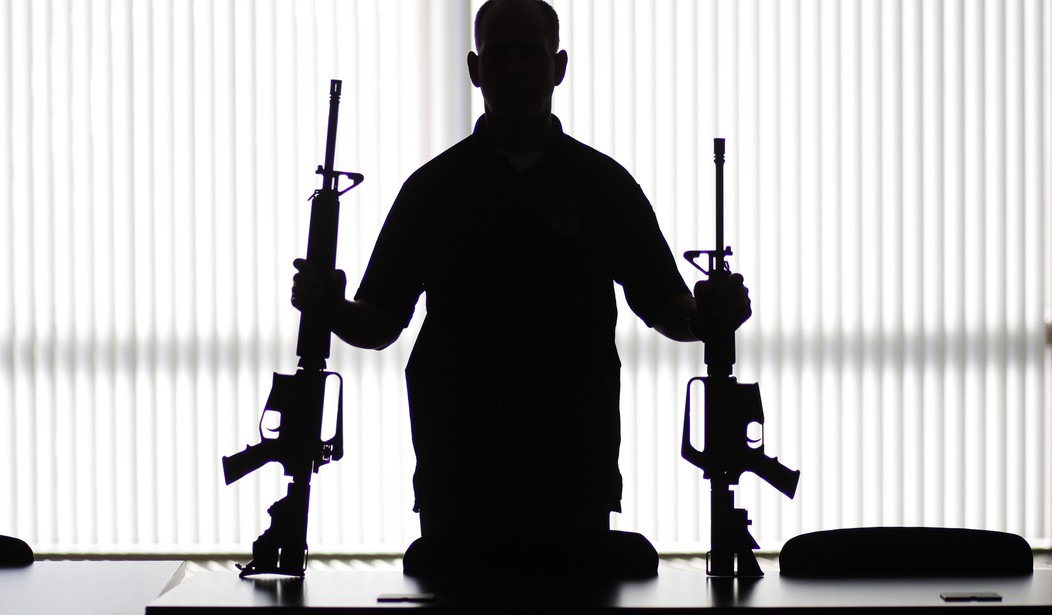I generally have very low expectations when it comes to media reporting on gun issues, both because of the bias that’s inherent in far too many newsrooms and the basic lack of experience with guns that most reporters bring to the table. So when I saw that the Christian Science Monitor had a new explainer on “ghost guns,” I didn’t have high hopes that the piece would actually provide an unbiased look at home-built guns or the Biden administration’s attempt to crack down on them.
As it turns out, my concerns were valid. From the opening paragraphs the CSM story is less about explaining what “ghost guns” are and more about influencing readers to back Biden’s proposed rules for them.
Stepping away from his lectern in the White House Rose Garden, April 11, President Joe Biden walked to a nearby display and picked up two parts of a handgun.
“It’s not hard to put together,” he said. With a drill, at home, “it doesn’t take very long. Anyone can order it in the mail. Anyone.”
The president was holding two pieces of a “ghost gun,” a firearm manufactured without a serial number. Without a background check and for about $150, Americans can order those parts online as a kit and then put them together like a ballistic Lego set.
Does anybody buy their Legos 80% complete? I didn’t think so, which is why this comparison is off-base. The Christian Science Monitor, however, tries to make the case that, because a hobbyist can actually build a firearm themselves with only “basic tools” and a little time, home-built guns are both uniquely dangerous and can be eradicated by Biden’s new rules requiring serial numbers and background checks for 80% complete frames and receivers.
Unfortunately for the CSM, even they inadvertently admit that Biden’s new rules aren’t going to stop criminals.
A new “final rule” announced by the ATF and DOJ now treats gun kits as guns, requiring serial numbers and background checks. It also requires any company, such as a gunsmith or gun shop, that comes across a ghost gun, to serialize it, and for federally licensed gun dealers to keep permanent purchasing records – previously only required for 20 years. The regulations go into effect this August.
This doesn’t spell a total end to ghost guns, says Professor Wintemute. With milling machines or 3D printers equipped with the right code, criminals and people skeptical of government regulation – the two main markets for ghost guns – can still make their own, unmarked firearms. But those machines are expensive and inaccessible to much of the public, says Professor Wintemute.
Let me see if I have this right: “ghost guns” must be banned because criminals are building their own guns, but the new regulations won’t prevent criminals from making their own, unmarked firearms. Instead, “much of the public” (the law-abiding public, I might add) will supposedly be thwarted from building their own guns at home.
Seems to me that the Christian Science Monitor actually ended up making the case that this is about cracking down on the ability of those law-abiding Americans to craft their own guns and not about blocking criminals from doing the same, at least given Wintemute’s comments. I’m pretty sure that isn’t what they were trying to explain when they started, but the bottom line is that even supporters of Biden’s “ghost gun” rule admit that it won’t stop criminals getting their hands on guns for illegal purposes; whether they build them on their own, acquire them through theft, or use a friend or family member to buy one for them.









Join the conversation as a VIP Member